What to do in the garden this September
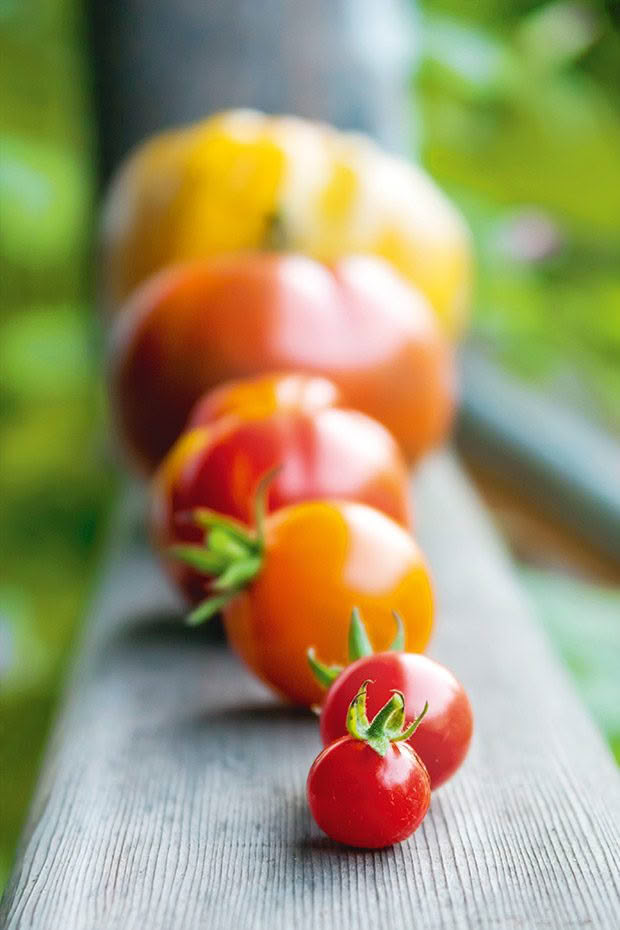
As the soil begins to warm up, it’s time to get your spring garden started.
4 tips for a bumper tomato crop this summer:
• take care to choose the tomato varieties that do best in your climate.
• Sow in early spring for planting out in 6-8 weeks (traditionally late October). Sow more indeterminate varieties in 3-4 weeks and again in 6-8 weeks, so you can stagger plantings and enjoy a long harvest.
• Keep soil moist, but not wet, especially for young seedlings. When plants show good strong leaf growth, and you start regular liquid fertiliser applications, water deeply (rather than in short, shallow bursts) to help the roots grow down deep into the soil.
• Source psyllid-proof mesh/netting online or from a gardening or rural supply store. Cover seedlings as soon as you plant them. This protects plants from psyllids and other insect pests, so long as it’s firmly anchored to the ground (or its edges are buried). Note: psyllid mesh doesn’t provide frost protection.
Sow peas directly in the ground. Seeds will germinate in soil temperatures as low as 4°C, although a consistent temperature above 7°C is ideal. In cold regions, use a tunnel house or cloche to get peas off to a good start. The soil doesn’t need to be overly fertile (peas fix their own nitrogen). However, a handful of superphosphate helps. Mix it into the soil before planting, as young pea roots can be damaged by direct contact.
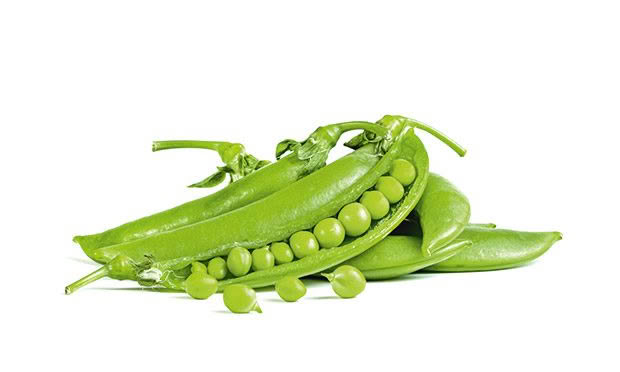
Sow cabbage and celery in trays for planting out later. Plant seedlings of cauliflower, kohlrabi, and leeks. In warmer areas, sow beetroot, carrots and radishes directly into the ground. In cooler areas, broad beans can still be sown.
Go to war. Codling moths emerge in mid-to-late spring and lay their eggs in the small, growing pip fruit. Hang pheromone monitoring traps to monitor moth flights, and spray with neem oil or choose from a range of products when you start detecting them.
This month is your last chance to plant strawberries if you want to pick fruit in time for Christmas. Also plant asparagus crowns, sprouted Jerusalem artichokes, and well-sprouted early potatoes.
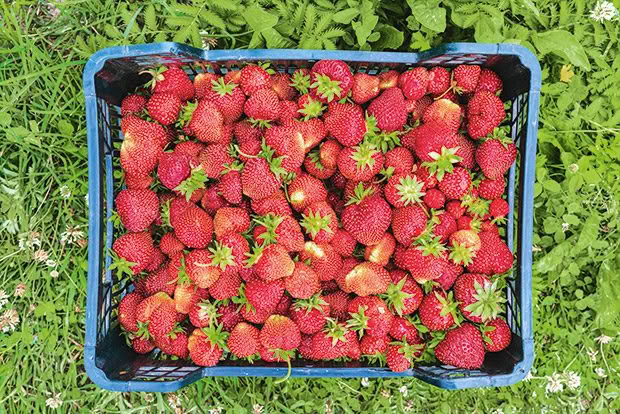
Sow seeds of silverbeet, spring onions, and lettuce. at 2-3 weekly intervals for a regular supply.
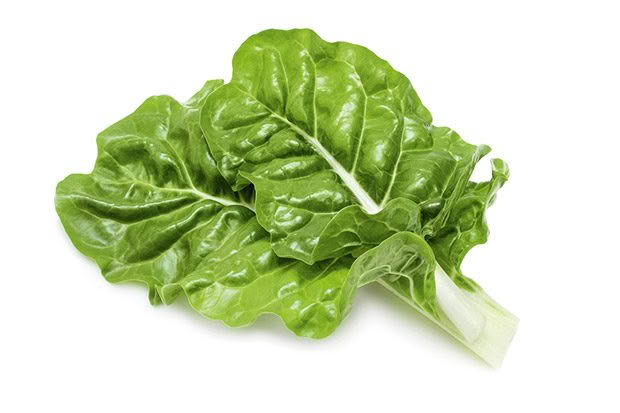
Sow parsnips directly in the ground now. It takes them 5-6 months to get to a good size. They like a sweet, not acidic soil, ideally pH 6.0-6.5. They’re best grown in soils that were fertilised for a previous crop. If you can’t do that:
• add a little compost (not manure) and work it into the soil;
• till the soil to a depth of 30cm, so it’s easy for roots to grow;
• remove any stones to prevent forking.
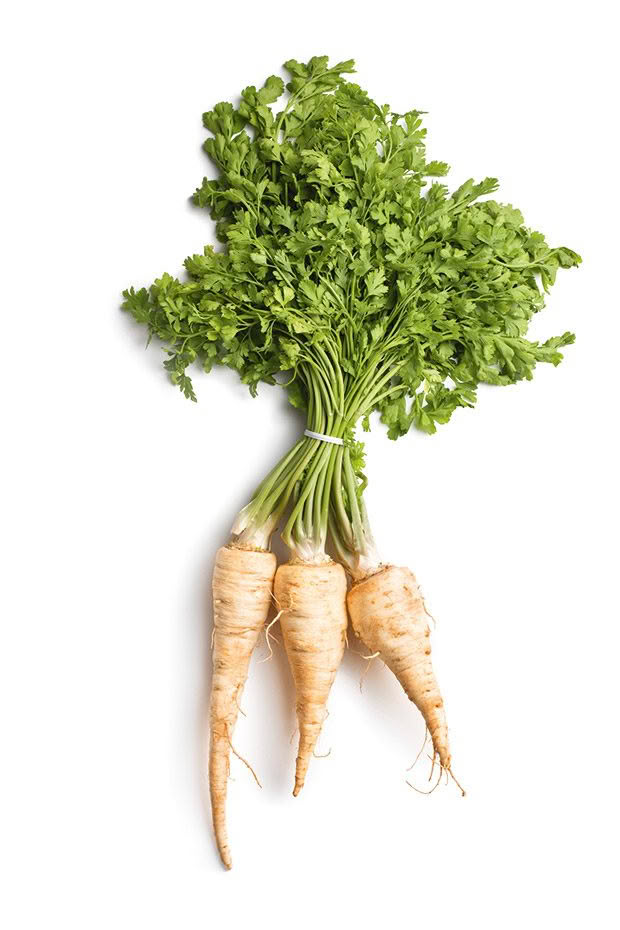
Sow seeds in 2cm-deep furrows, 15cm apart. Cover with a light layer of soil and water seeds in well. When seedlings are 2.5cm high, thin to 5cm apart – cut off the tops (rather than pulling them out) so you don’t disturb the ones you want to keep.
Love this story? Subscribe now!
 This article first appeared in NZ Lifestyle Block Magazine.
This article first appeared in NZ Lifestyle Block Magazine.
